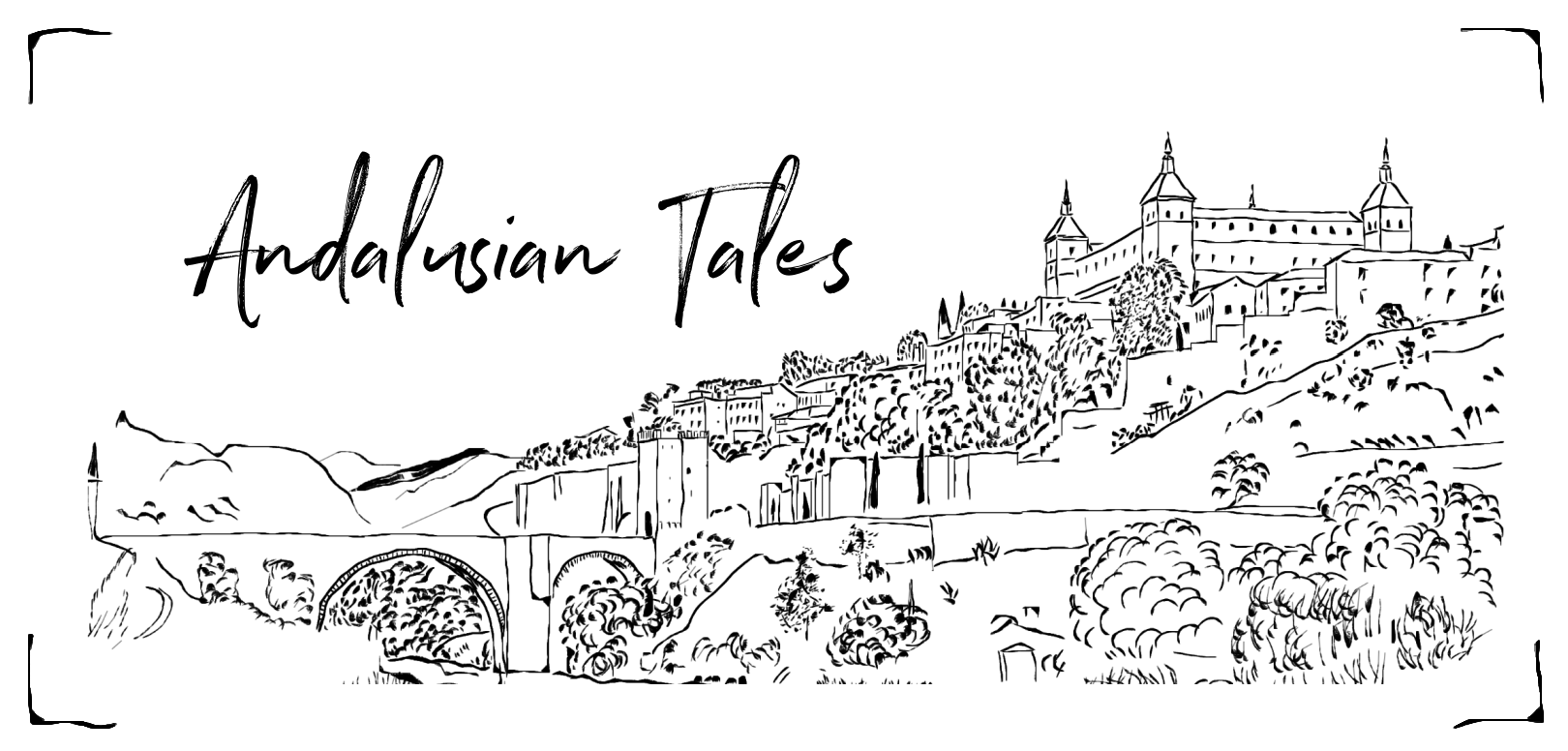Religious toleration: In the eyes of the beholder?
The period of “convivencia” in medieval Spain is often looked to as, if not a perfect model, at least an example of how different cultural and religious traditions can co-exist. An example, in a word, of how potentially conflicting communities can “tolerate” each other.
But what does “toleration” mean? Evan Haefeli, a history professor at Columbia University, argues that though we gravitate toward a few common terms, “in fact we are describing a diversity of arrangements, dynamics, and possibilities taking place in different societies at different times.”
He notes a little later, “Far from being a stable category or experience, toleration is fundamentally a relationship, and inherently an ongoing, ever-evolving relationship, the content of which varies significantly depending on the parties involved.” Viewing toleration as a “perpetual motion machine”, he suggests, rather than as a static, achievable reality, will lead to a better understanding of the world in which we have always lived.
